
Dish
Tamarind Chutney
Tamarind chutney is made by boiling tamarind pulp with water and sugar until it thickens. Spices like cumin, coriander, and ginger are added to give it a complex flavor. The chutney can be stored in the refrigerator for up to a month. Tamarind chutney is high in sugar and should be consumed in moderation.
Origins and history
Tamarind chutney has been a part of Indian cuisine for centuries. It is believed to have originated in the northern regions of India and has since spread throughout the country. Tamarind chutney is also popular in other parts of Asia, including Thailand and Indonesia.
Dietary considerations
Vegetarian, vegan, gluten-free
Variations
There are many variations of tamarind chutney, with different regions and families having their own unique recipes. Some recipes call for the addition of dates or jaggery to enhance the sweetness, while others use tamarind concentrate instead of pulp. Some recipes also include mint or cilantro for added freshness.
Presentation and garnishing
Tamarind chutney can be presented in a small bowl or jar, with a spoon for serving. It can be garnished with fresh cilantro or mint leaves.
Tips & Tricks
To make tamarind chutney more tangy, add more tamarind pulp. To make it sweeter, add more sugar or jaggery. Adjust the spices to your liking.
Side-dishes
Tamarind chutney is often served with chaat, a popular Indian street food that consists of fried dough, potatoes, chickpeas, and spices. It can also be served with samosas, pakoras, and other fried snacks.
Drink pairings
Tamarind chutney pairs well with sweet and spicy drinks like mango lassi or jaljeera. It can also be served with a cold beer or a glass of white wine.
Delicious Tamarind Chutney recipes
More dishes from this category... Browse all »

Ajika
Georgian cuisine
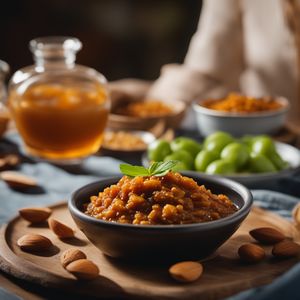
Almond Chutney
Indian cuisine

Amba
Middle Eastern cuisine
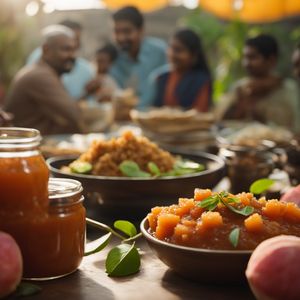
Amrood ki chutney
Indian cuisine
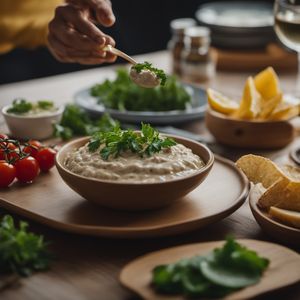
Anchoïade
French cuisine

Avocado Chutney
Indian cuisine
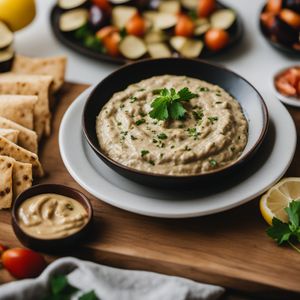
Baba ghanoush
Middle Eastern cuisine

Bagna càuda
Italian cuisine
More cuisines from this region...
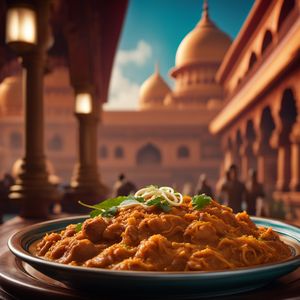
East Indian cuisine
Spicy and tangy flavors, Uses a lot of herbs and spices (mustard seeds, cumin, coriander), Uses a lot of fish and seafood which give it a unique flavor

North East Indian cuisine
Spicy, Tangy, Flavorful, Unique
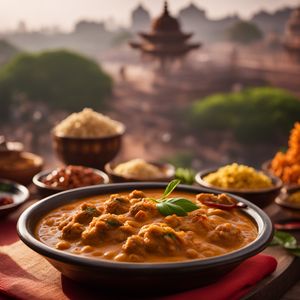
North Indian cuisine
Spicy, Tangy, Aromatic, Sweet, Uses a lot of oil and ghee

Other Indian cuisine
Spicy, Tangy, Sweet, Sour, Pungent
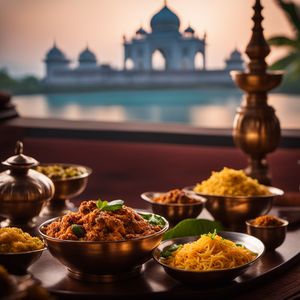
South Indian cuisine
Spicy, Tangy, Sweet, Savory, Aromatic
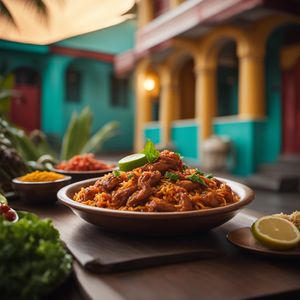
West Indian cuisine
Spicy, Bold, Tangy, Sweet, Savory

